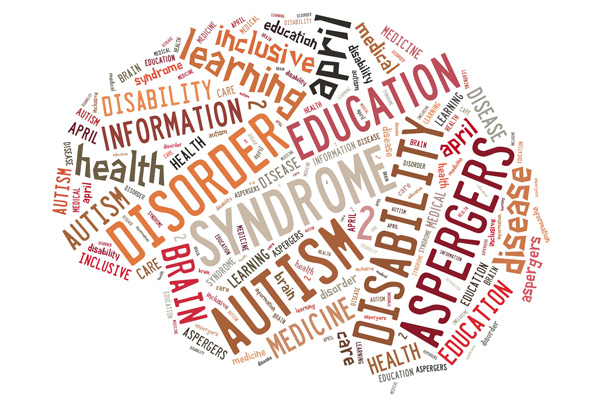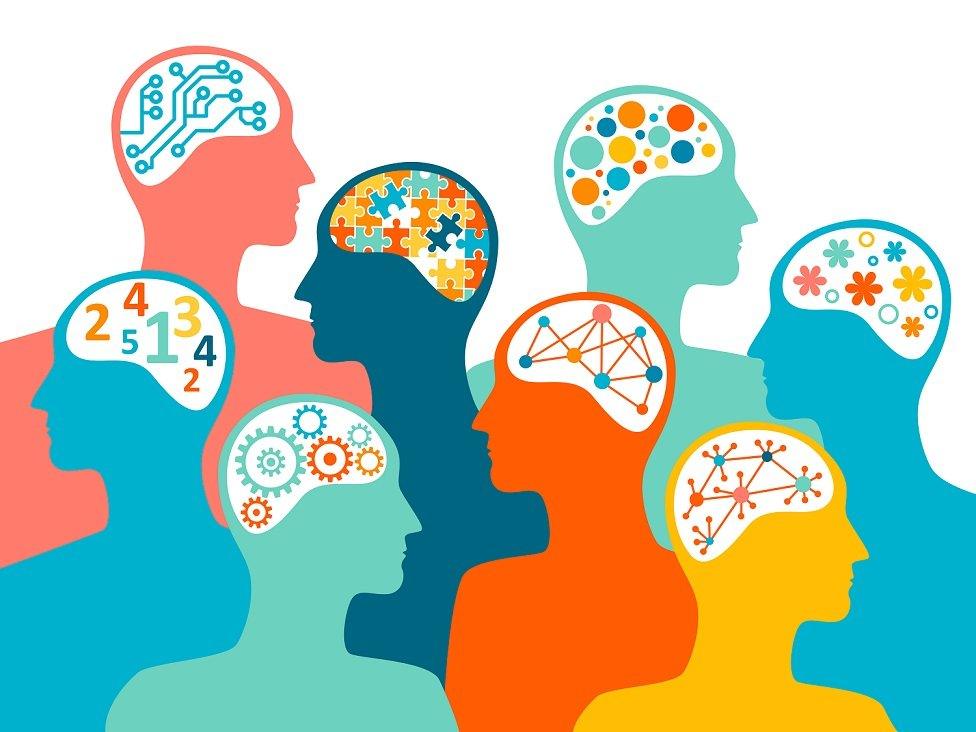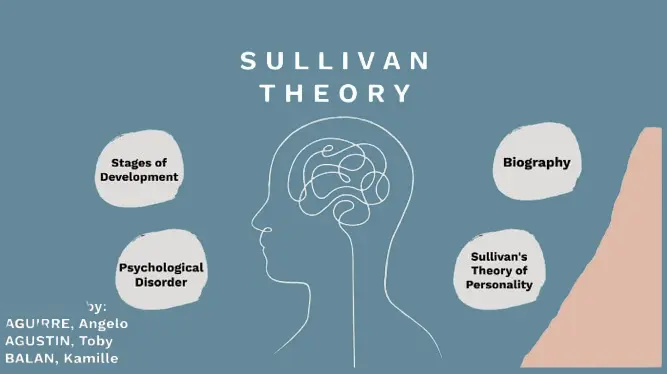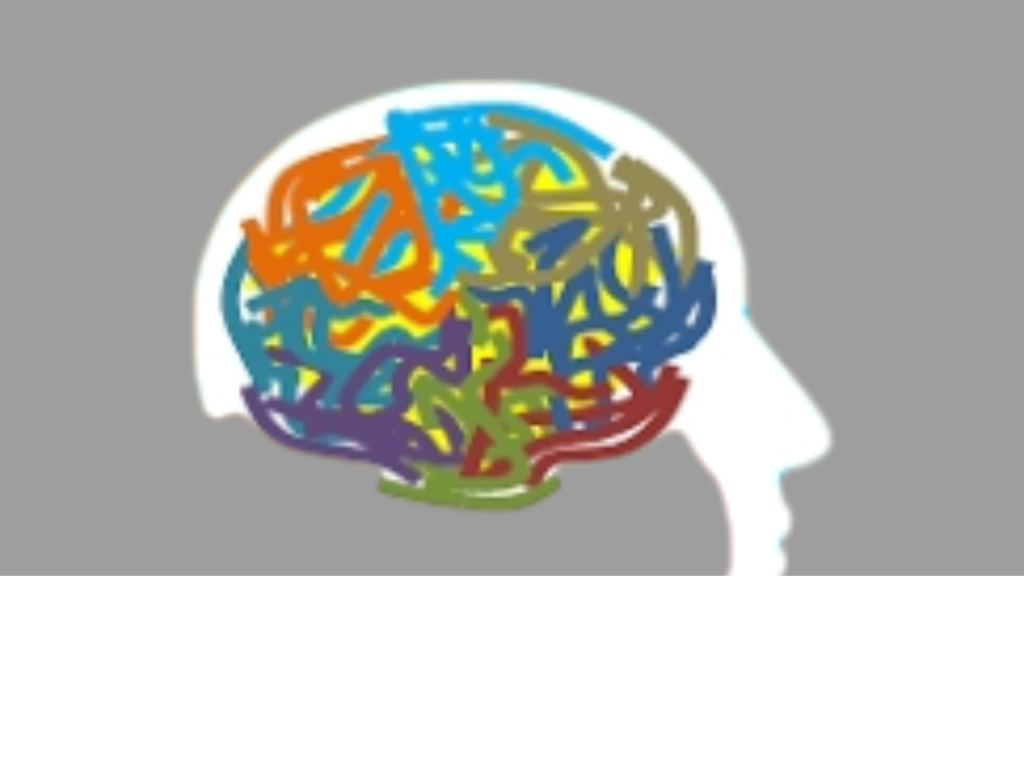Mental health is just as important as physical health, especially during childhood. While scraped knees and fevers often get quick attention, emotional or behavioral issues in kids may go unnoticed or misunderstood. Yet, childhood mental health disorders are more common than many people realize — and they can have a lasting impact if left unaddressed.

In this article, we’ll explore what childhood mental health disorders are, the most common types, what signs to look out for, and how caregivers can support a child’s emotional well-being in everyday life.
What Is Mental Health in Children?
Mental health in children refers to their emotional, psychological, and social well-being. It affects how they think, feel, and behave — as well as how they handle stress, relate to others, and make healthy choices.
Unlike adults, children may not always have the words to express how they feel. Their emotions are often shown through actions, behaviors, and physical symptoms. That’s why it’s important for adults to know what to look for.
Good mental health doesn’t mean being happy all the time. It means being able to cope with life’s ups and downs, form positive relationships, and develop a strong sense of self. When children experience challenges that interfere with these abilities for a prolonged time, it may be a sign of a mental health disorder.
Common Childhood Mental Health Disorders
Several mental health disorders can appear during childhood. Some are mild and temporary, while others may require long-term management. Below are some of the most common conditions:
1. Anxiety Disorders
Anxiety in children goes beyond occasional worries or fears. Kids with anxiety disorders may experience excessive fear, nervousness, or avoidance that interferes with their daily life. Common types include:

- Generalized Anxiety Disorder (GAD): Constant worry about school, family, or health
- Social Anxiety: Extreme fear of being judged or embarrassed in social settings
- Separation Anxiety: Fear of being away from parents or caregivers
Children with anxiety may complain of stomachaches, avoid social events, or have trouble sleeping.
2. Depression
Childhood depression is more than just feeling sad. It’s a serious condition that affects mood, energy, and interest in daily activities. Signs may include:
- Ongoing sadness or irritability
- Loss of interest in play or school
- Changes in appetite or sleep
- Feelings of worthlessness
Kids may not always appear “sad” — some may act out, become quiet, or withdraw from activities they once enjoyed.
3. Attention Deficit Hyperactivity Disorder (ADHD)
ADHD affects focus, self-control, and activity levels. It’s one of the most commonly diagnosed disorders in children. There are three main types:
- Inattentive type: Trouble focusing, easily distracted
- Hyperactive-impulsive type: Excessive movement, impulsive behavior
- Combined type: A mix of both inattentiveness and hyperactivity
ADHD can affect school performance, friendships, and self-esteem.
4. Autism Spectrum Disorder (ASD)
Autism is a developmental disorder that impacts communication, behavior, and social skills. Children with ASD may:
- Struggle with eye contact or conversation
- Show repetitive behaviors or routines
- Have strong reactions to certain sounds or textures
ASD varies widely in symptoms and severity. Early support can make a big difference in helping children learn and grow.
5. Oppositional Defiant Disorder (ODD)
Children with ODD often show patterns of angry, irritable moods and defiant behavior toward authority figures. Common signs include:
- Frequent temper tantrums
- Argumentative with adults
- Refusal to follow rules
- Deliberate annoyance of others
This disorder can cause problems at home, in school, and with friendships if not managed properly.
6. Post-Traumatic Stress Disorder (PTSD)
Children can develop PTSD after experiencing or witnessing something scary, violent, or upsetting. Symptoms might include:
- Nightmares or flashbacks
- Avoidance of reminders
- Emotional numbness or withdrawal
- Increased startle response
Even events that seem small to adults can deeply affect a child, especially if they feel unsafe.
7. Learning Disabilities and Emotional Disorders
Some learning difficulties, such as dyslexia or processing disorders, can be accompanied by emotional struggles. Frustration in school can lead to anxiety, low confidence, or behavioral issues. Emotional disorders may overlap with other conditions and can sometimes be mistaken for laziness or disobedience.
Causes and Risk Factors
Mental health disorders in children can arise from a combination of factors. There’s rarely a single cause, and each child’s situation is unique. Some of the most common influences include:
1. Genetics
A family history of mental illness can increase the risk of similar challenges in children. Inherited traits may affect how a child processes emotions or copes with stress.
2. Environment
Growing up in a stressful or unsafe home can take a toll on mental health. Factors such as divorce, abuse, neglect, or witnessing violence can deeply affect a child’s emotional development.
3. Brain Development
Sometimes, imbalances in brain chemicals or developmental delays contribute to mental health issues. Conditions like ADHD or ASD are linked to how the brain processes information and stimuli.
4. Social Influences
Peer pressure, bullying, lack of friendships, or difficulties fitting in can harm a child’s sense of self-worth and safety. A negative school experience may also contribute to stress and anxiety.
Signs and Symptoms to Watch For
Children often don’t say, “I’m feeling anxious” or “I’m depressed.” Instead, their behaviors and routines change. Here are some signs that might indicate a mental health concern:
Emotional Signs
- Constant sadness, anger, or mood swings
- Fearfulness or excessive worrying
- Feeling hopeless or guilty
Behavioral Signs
- Avoiding school, friends, or activities
- Outbursts or aggressive behavior
- Risk-taking or impulsivity
Physical Symptoms
- Frequent headaches or stomachaches without a clear cause
- Trouble sleeping or sleeping too much
- Changes in eating habits
Academic Changes
- Sudden drop in grades
- Difficulty concentrating or completing tasks
- Complaints of boredom or disinterest
Pay attention to patterns and duration — if symptoms persist for weeks or interfere with daily life, it may be time to seek support.
The Importance of Early Detection
Recognizing signs of mental health disorders early can make a big difference in a child’s life. Early detection allows for:
- Better coping strategies
- Improved academic performance
- Stronger relationships
- Reduced risk of long-term problems
Waiting too long to address symptoms can lead to more serious challenges in adolescence and adulthood. Trust your instincts — if something feels “off,” it’s okay to explore it further.
How to Support a Child With Mental Health Challenges
Supporting a child with mental health issues doesn’t always require professional intervention right away. Often, small changes at home and school can create a supportive environment.
1. Create Open Communication
Let your child know it’s safe to talk about their feelings. Use age-appropriate language and listen without judgment. Even if they can’t express everything clearly, knowing they’re heard matters.
2. Establish Routines and Structure
Predictable routines help children feel secure. Create a consistent daily schedule, including time for rest, play, and family connection.
3. Focus on Positive Reinforcement
Encourage effort and progress, not just results. Celebrate small wins and show appreciation for good behavior, patience, or effort.
4. Partner With Teachers and School Counselors
Schools play a big role in a child’s mental health. Stay in touch with educators, share your concerns, and work together on strategies to support your child’s learning and behavior.
5. Encourage Healthy Habits
Sleep, nutrition, and physical activity all affect mental health. Help your child build healthy habits by leading by example and involving them in routines.
Conclusion
Childhood mental health disorders are real, common, and treatable. While the signs may be subtle or confusing at first, understanding what to look for empowers you to take action early. As a parent or caregiver, your support can make a world of difference in a child’s emotional development.
The most important thing to remember is this: You don’t have to have all the answers. You just have to be present, patient, and willing to learn alongside your child. Mental health is a journey — and with the right care, love, and awareness, every child can thrive.



